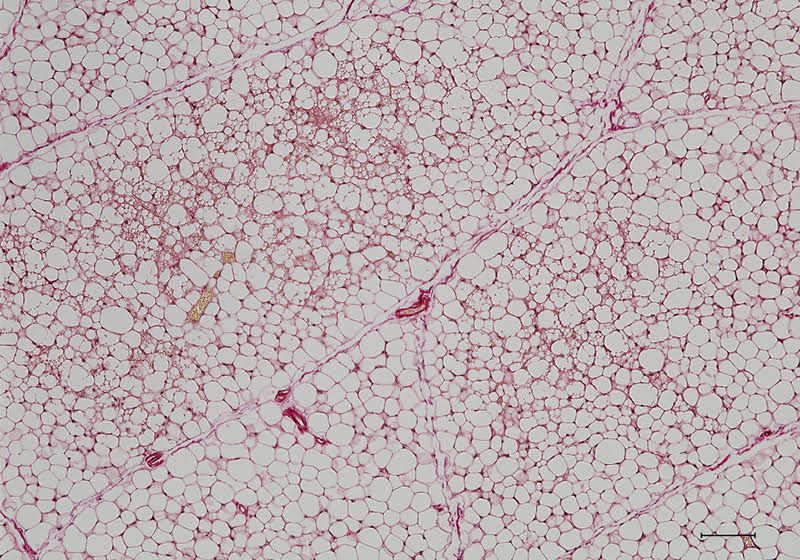
Cardiovascular diseases are a leading global health challenge, requiring innovative solutions to address their growing impact.
Early detection and timely treatment are critical, but traditional tools like stethoscopes, while useful, fall short in providing continuous heart monitoring.
In this context, wearable heart sound devices are emerging as a revolutionary advancement, offering non-invasive, real-time tracking of heart health.
These wearable devices promise to transform the way cardiovascular diseases are managed, providing continuous insights into cardiac activity.
Unlike traditional diagnostic tools that rely on intermittent checkups, wearable sensors allow for persistent monitoring, making it possible to detect early warning signs and improve patient outcomes.
However, despite their potential, challenges such as accuracy, comfort, and sensitivity have limited their widespread adoption.
A recent study by researchers from the City University of Hong Kong, published in SmartMat, sheds light on the latest breakthroughs in wearable heart sound technology.
The research explores various aspects of these devices, including sensor design, material innovations, noise-reduction techniques, and clinical applications. By addressing these challenges, wearable devices could bridge significant gaps in cardiac health care.
The study highlights the evolution from traditional stethoscopes to modern wearable sensors capable of monitoring heart activity continuously.
Key innovations include mechanoacoustic sensors designed to be soft and flexible, ensuring user comfort while maintaining high sensitivity. These advanced materials and designs are crucial for creating devices that are both effective and practical for everyday use.
One major challenge in heart sound monitoring is environmental interference, as cardiac sounds are low-frequency and can easily be masked by external noise.
The researchers emphasize the importance of denoising techniques to enhance the accuracy of heart sound analysis. By improving the clarity of the data, these advancements pave the way for reliable and actionable insights into heart health.
The clinical applications of wearable heart sound devices are vast. They enable personalized health care by integrating remote monitoring with continuous data collection. This allows health care professionals to make precise diagnoses and create tailored treatment plans.
Patients, in turn, benefit from real-time feedback on their heart health, empowering them to take an active role in managing their condition.
According to Dr. Bee Luan Khoo, Associate Professor at the City University of Hong Kong and a co-author of the study, these devices represent a major step forward.
“Our work on wearable heart sound devices has the potential to revolutionize cardiac care by providing accurate, real-time data for early detection and monitoring of cardiovascular diseases,” she said.
The implications of this research are profound. Wearable heart sound devices could redefine remote patient monitoring by providing continuous cardiac data, enabling timely interventions that could save lives.
For patients, this technology offers a proactive approach to managing heart health, reducing mortality rates and improving quality of life.
As wearable technology advances, it holds the promise of creating a future where cardiovascular care is more accessible, efficient, and personalized.
By bridging the gap between early detection and effective treatment, these devices could play a key role in combating the global burden of heart disease and fostering a healthier, more informed world.
If you care about heart health, please read studies about how eating eggs can help reduce heart disease risk, and Vitamin K2 could help reduce heart disease risk.
For more information about heart health, please see recent studies about how to remove plaques that cause heart attacks, and results showing a new way to prevent heart attacks, strokes.
The research findings can be found in SmartMat.
Copyright © 2025 Knowridge Science Report. All rights reserved.








Leave a Comment